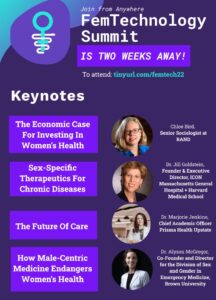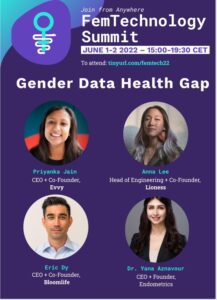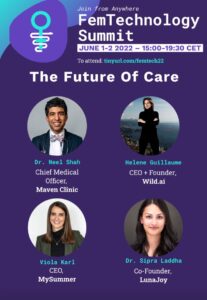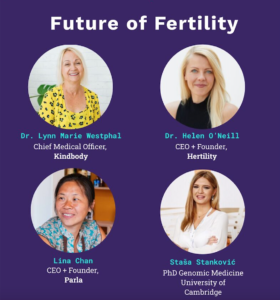How do the stories we tell shape the technology we create? – WebSummit
Why is it so important to talk about content at a tech conference? Because, although technology powers our modern society, it is the stories we tell, and content we create, that drives how that technology is applied and what we choose to use tech for.
Think about it: would Instagram or TikTok or Facebook or even OpenAi (especially OpenAi and their large language models (LLMs)) be anything without content, without stories? No.
Read More “How do the stories we tell shape the technology we create? – WebSummit”
Women’s health is seen as a luxury: what does that mean?
In the UK, gynaecology waiting lists faced the biggest increase in delays of all medical specialities post pandemic: growing by 60%. Women with conditions like endometriosis, prolapse and heavy bleeding waited more than a year to receive NHS care in England – because the surgeries were classified as elective procedures for benign conditions.
Read More “Women’s health is seen as a luxury: what does that mean?”
Opportunities for improving the PCOS experience
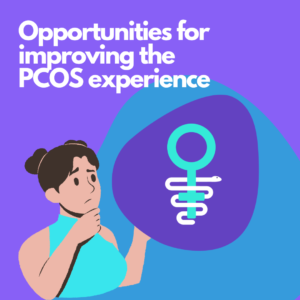
Did you know that approximately 75% of individuals with PCOS remain undiagnosed when visiting their doctor? Despite PCOS being the most common endocrine disease in women of reproductive age – we still don’t have standard diagnostic criteria.
Why PCOS is about more than just fertility
Did you know that children of mothers with PCOS are 31% more likely to be admitted to the hospital for infectious diseases and 47% more likely to be admitted for allergy-related problems?
Why are we ignoring the health of young women?
Aka Why there should be more FemTech solutions focussed on college-age students:
College-aged women are one of the least-serviced demographics when it comes to women’s healthcare, yet they are also the age range that would make most sense to target first. It is the age when many conditions first manifest:

Barriers to Innovation In Women’s Health (A Series).
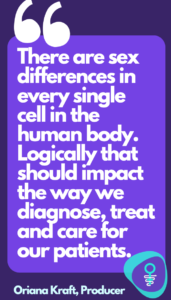 Healthcare wasn’t designed with women in mind.
Healthcare wasn’t designed with women in mind.
Read More “Barriers to Innovation In Women’s Health (A Series).”
FemTech and Data – what does the future of women’s health look like?
 There is a fundamental and foundational lack of data when it comes to women’s health. A quick primer: In the U.S., women were not required to be included in clinical research until 1993, when Congress passed the NIH Revitalization Act.
There is a fundamental and foundational lack of data when it comes to women’s health. A quick primer: In the U.S., women were not required to be included in clinical research until 1993, when Congress passed the NIH Revitalization Act.
As a direct consequence, the medication used and prescribed to this day was not tested, nor created with the female physiology in mind – with devastating consequences. Unsurprisingly, a study published in 2020 from UC Berkeley and the University of Chicago found that women experienced worse side effects in 90% of cases from medication as compared to men, and the “sex difference was not explained by sex differences in body weight.”
Read More “FemTech and Data – what does the future of women’s health look like?”
The systemic problem with the lack of education in women’s health and its consequences
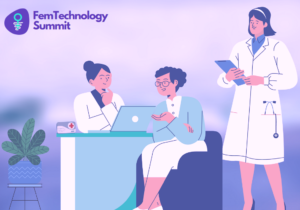
We live in our bodies but, as women, we are not taught much about it. We rely on doctors’ expertise or advice from our friends to bridge the gaps in our knowledge. Is that all we need, though? We are, after all, truly the ones in charge of our health and our bodies. We have the right to be armed with the knowledge we need to be able to make educated and informed decisions about our health – and that is where the systemic lack of education in women’s health has failed us. Here we list 7 aspects of our health that are often overlooked when it comes to learn how our body works.
Read More “The systemic problem with the lack of education in women’s health and its consequences”
The Guiding Principles of FemTechnology
- To provide a 360 degree perspective: We seek to actively foster collaboration between all stakeholders of the women’s healthcare ecosystem – from university students (i.e. medical, engineering, computer science, social sciences), to groundbreaking researchers, chief clinicians, pharma and healthcare companies, key opinion leaders and FemTech startups.(If there is an area of women’s health you feel we’ve neglected or an actor that has not been sufficiently included in the conversation– let us know and tell us how you think we can do better! We want to catalyze innovation within the industry (which means including everyone)).
How FemTech will revolutionize Healthcare
It is a sad yet undeniable fact that the tools we currently use to treat patients were not designed with women in mind. They were designed for men and by men. They were designed with a 70 kg white man in mind. But most of us are not 70 kg white men, which means that the healthcare system we have entrusted with taking care of us does not have the tools they truly need to take care of our needs.
The women’s health condition that impacts 16% of women worldwide that we don’t talk about
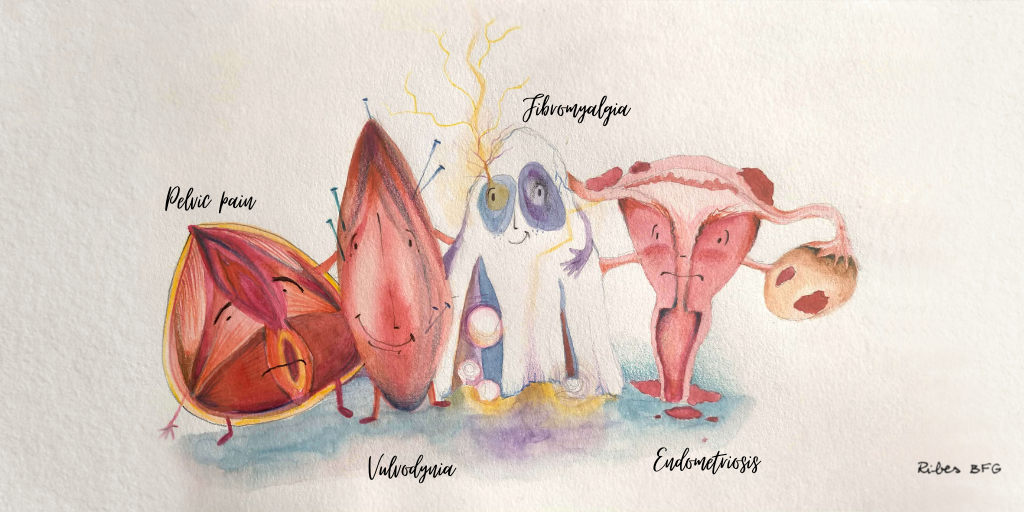
The following is an interview about Vulvodynia by Francesca Rosa with Silvia Carabelli, Political activist and co-founder of the Italian Committee for vulvodynia and pudendal neuropathy and Dr. Med. Chiara Marra, Specialist Doctor in Gynecology and Obstetrics, health director of the clinic CasaMedica and co-founder of the Italian Committee for vulvodynia and pudendal neuropathy.
Decoding the vaginal microbiome. An Interview

The following is a transcript of an interview by Oriana Kraft with Priyanka Jain, Co-Founder and CEO of Evvy, an at home vaginal microbiome test designed to help get to the root of recurrent vaginal infections and other symptoms.
Why We’re Talking About Fertility
There have been calls to consider reproduction as the sixth vital sign. This would imply that reproduction can give us insights into the health of an individual that are just as important as the five other vital signs (heart rate, blood pressure, oxygenation levels in blood, body temperature and pain level). Which begs the question: what might we be able to learn about the long-term health of an individual if we studied fertility as a future indicator of health?
Why we’re talking about medical education at the 2022 Summit:
“The healthcare system is broken”. You’ll hear that sentence uttered by both those delivering care and those on the receiving end of it. The reasons behind the dissatisfaction with the way the healthcare system functions are manifold – but let’s zero in on one: the difference in treatment between men and women. Women are twice as likely as men to say they have had health concerns dismissed by a GP.
Read More “Why we’re talking about medical education at the 2022 Summit:”
Why we’re talking about Endometriosis at the 2022 Summit
If you walk into a room with 10 women, chances are 1 of those women is living with Endometriosis: a disease that is both chronic and excruciatingly painful. Currently there is no non-invasive means of diagnosing the disease – nor is there a cure.
Read More “Why we’re talking about Endometriosis at the 2022 Summit”
Why we’re talking about women and chronic pain at the 2022 Summit
70% of the people impacted by chronic pain are women – however 80% of pain studies are conducted on male mice or human men. Unsurprisingly, there are gender differences in the way women and men respond to analgesic drugs – as well as the way women and men experience the sensation of pain – but this has yet to be incorporated into evidence-based medicine.
Read More “Why we’re talking about women and chronic pain at the 2022 Summit”
Why we’re talking about PCOS at the 2022 Summit
Polycystic Ovarian Syndrome is the major endocrinopathy among reproductive-aged women. It affects 4%–20% of women of reproductive age worldwide and yet it is not perceived as an important health problem in the world. The variability in symptoms and how they present in different people means that up to 75%of women with PCOS do not receive a diagnosis for their condition.
